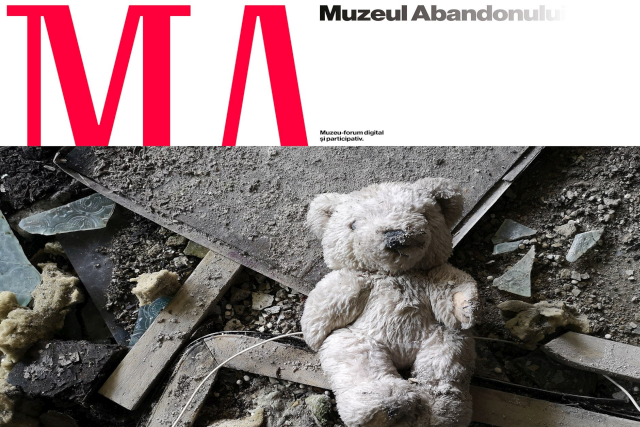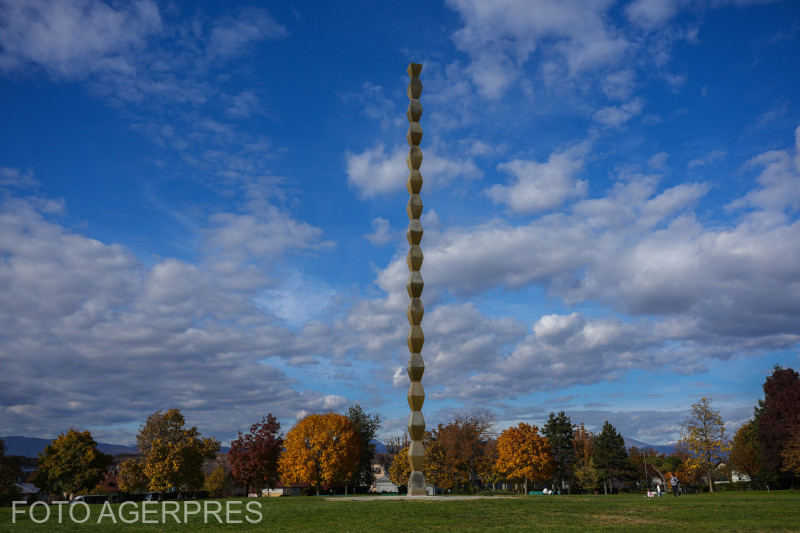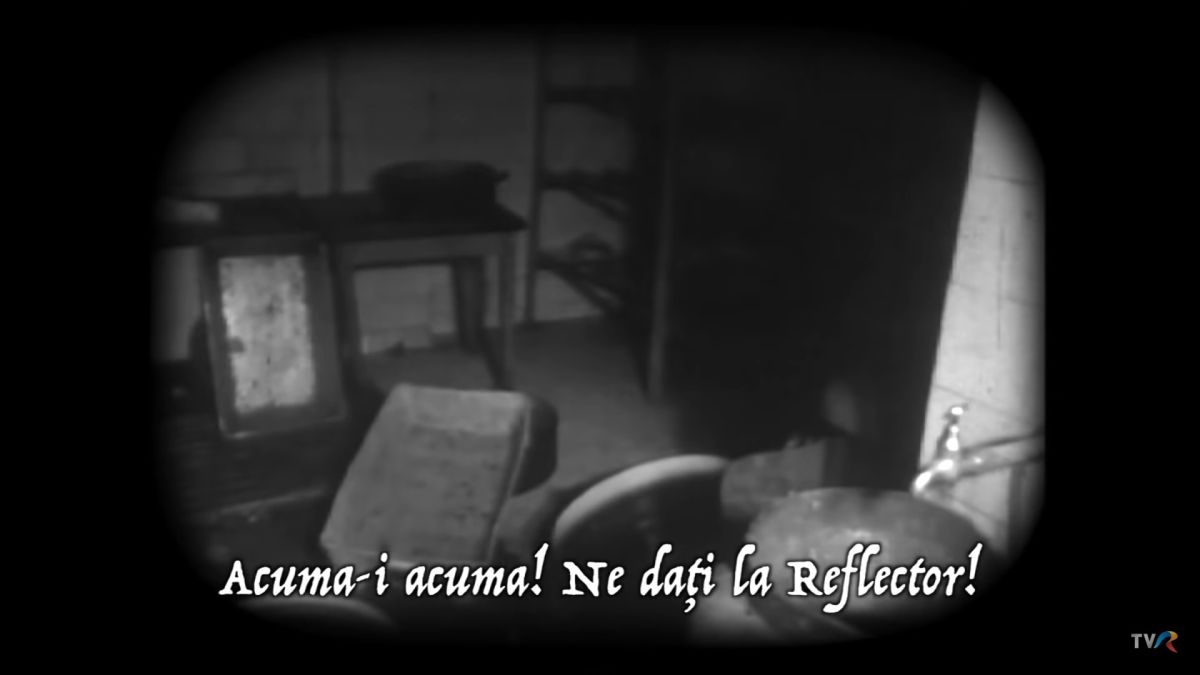The history of child protection in Romania
The Romanian space had approximately the same history of child protection as that of the geo-cultural areas that influenced it.

Steliu Lambru, 28.11.2022, 14:00
Children have a special place in human history, being, in fact, actors and creators of history, like any human being. But children have always needed protection and, over the years, ordinary people or institutions such as the Church in the Middle Ages and the state and organizational settlements in the modern era assumed protective roles.
The Romanian space had approximately the same history of child protection as that of the geo-cultural areas that influenced it. In the second half of the 19th century, the modern state assumed the role of active protector of children by establishing creches, care homes and orphanages. The children who needed such institutions were the less fortunate ones: the orphans, the abandoned, the poor, the homeless, the seriously ill and those with incurable diseases. The first modern child protection institution in Romania was opened in 1897, when “Sfânta Ecaterina” — Saint Catherine Creche, a Social Assistance Society was established. Poor children, motherless children, and young single mothers were brought here.
Among the founders were Ecaterina Cantacuzino, wife of the conservative politician Gheorghe Grigore Cantacuzino, Irina Cantacuzino, their daughter, and doctor Thoma Ionescu. The Bucharest City Hall donated a plot of land of 20,000 square meters in the north of the city, near the current Arch of Triumph, on which seven buildings were erected. By 1948, the year the Creche was nationalized by the communist regime, thousands of children had passed through the respectable charitable institution.
Oana Drăgulinescu, the manager of the newest museum project in Romania, called the Abandonment Museum, emphasized the pioneering role in child protection that the St. Catherine Creche had: “It is clear that, for a very long time, the child had a rather unprivileged role in the family. There were many children, they started being used from a young age, lets not say exploited, but anyway they had to have a role in the family. They were a mouth to feed, so they had to produce their own food. What I found in the documents from Saint Catherine is that around the year 1900 child protection began being structured in Romania. And from this perspective, St. Catherine Creche had a pioneering role, because its representatives came and said: we no longer take children in out of pity, but we adopt them with proper documents. We no longer give children away to women to take care of them, but we create a system in which these women, the future foster carers, are supervised how they feed the children, and in what way they educate them. Thus, they began to somehow supervise the placement of the children on long term, so that they could have control over the future of these children.”
The communist regime established on March 6, 1945 brought another societal reality to Romania. As everything has undergone a radical transformation with the human being having been brutalized to the highest degree, child protection has also changed accordingly.
Oana Drăgulinescu is back at the microphone with more: “The Communist regime was instated and Ceaușescu said: we want a strong relationship, we want more and more children and he found this formula of decree 770 which prohibited contraception. Which led to a birth boom, the “decree children” whom we keep talking about. Its just that he didnt think about the capacity of the Romanian people to raise children. Romanians were an already impoverished people, already in the grips of savings, which the communist party imposed on the people. So, the people started abandoning children more and more, and the Romanian state started building more and more institutions.”
The socialist society was one in which man was supposed to be happy and perfect. And any biological deviation was brutally treated. Oana Drăgulinescu has more: “There emerged this perception of the perfection of the communist child, who had to meet certain standards. Anyone who was not up to standard, and that could mean absolutely anything, even crossed eyes, was taken to those hospital-homes which, in time, due to the large number of children and the system’s incapacity to support these children, became genuine extermination camps. This is what happened in 1989, this is what the western televisions who came here found and were horrified by these images that resembled those in Auschwitz. The only difference was that they were not during the Nazi period, but in 1989 Romania: children tied to beds, children in chains, children treated inhumanely.”
After 1989, when the communist regime collapsed in Romania, child protection had to be rebuilt. It was an effort that the society assumed. Oana Drăgulinescu is back with details: “Its just that things didnt stop in 1989. It was not a sudden transition, it wasnt like the Romanian people suddenly became enlightened and started having resources for these children, things continued long after that. It was a period of total decline and until 2004, when the child protection law practically changed, things continued in an almost similar formula.”
The history of child protection in Romania overlaps its times. And the new memorialization project of the Abandonment Museum invites us to reflect on a problematic past. (LS)






























